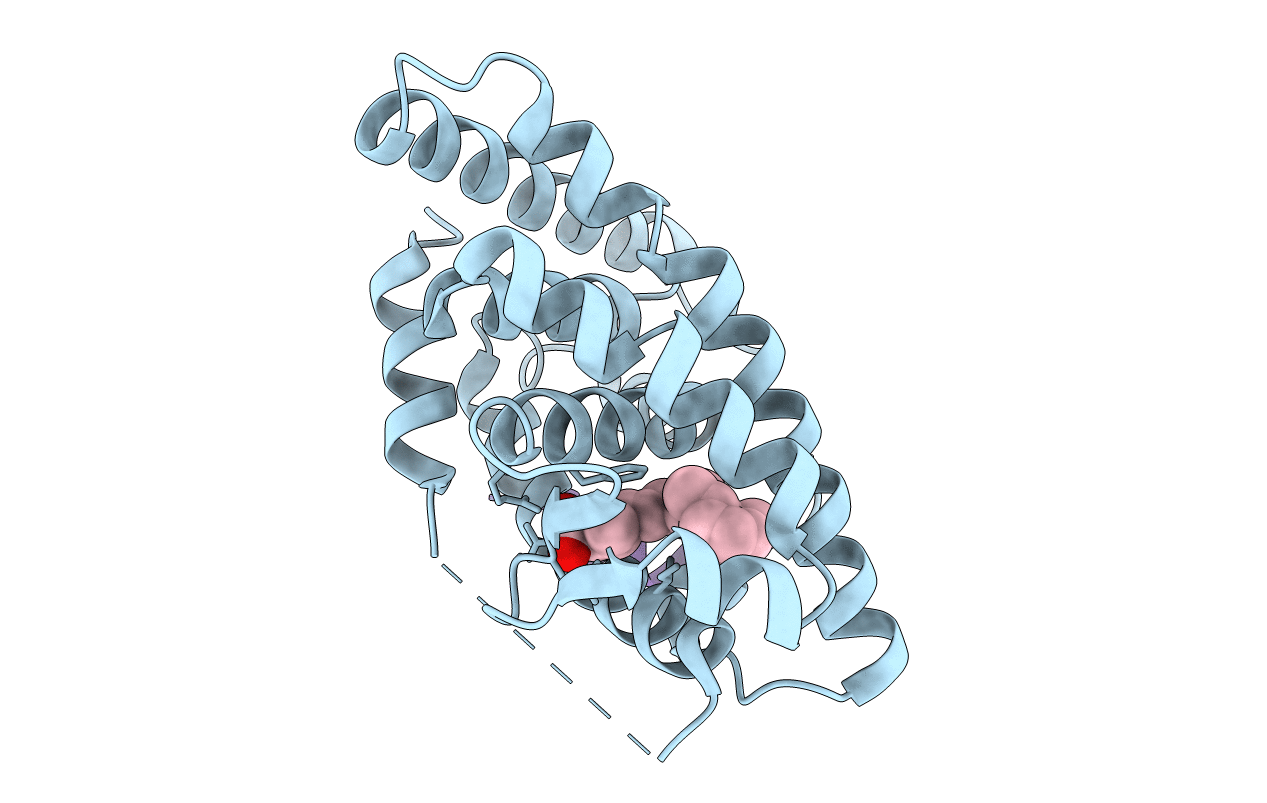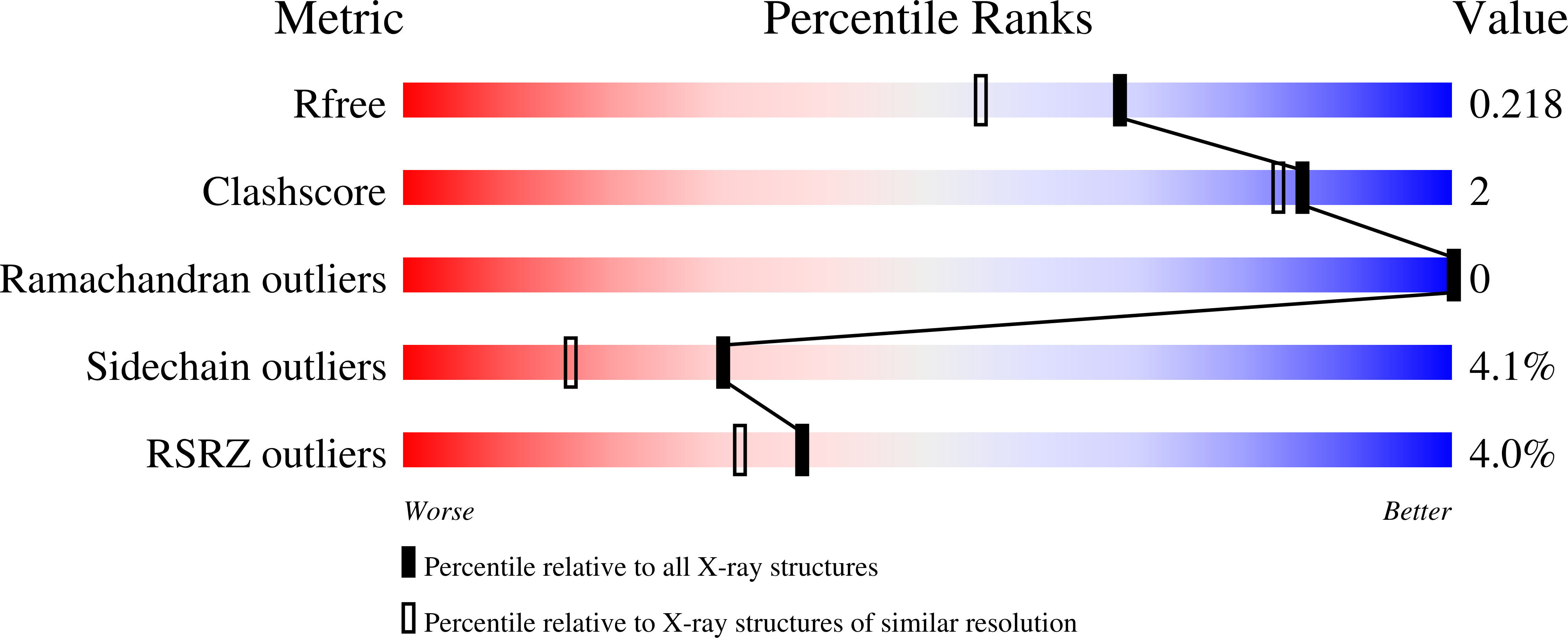
Deposition Date
2015-05-13
Release Date
2016-03-30
Last Version Date
2024-01-10
Entry Detail
PDB ID:
4ZSH
Keywords:
Title:
RXR LBD in complex with 9-cis-13,14-dihydroretinoic acid
Biological Source:
Source Organism:
Homo sapiens (Taxon ID: 9606)
Host Organism:
Method Details:
Experimental Method:
Resolution:
1.80 Å
R-Value Free:
0.21
R-Value Work:
0.20
Space Group:
P 43 21 2


